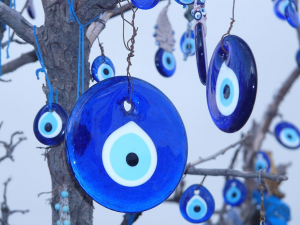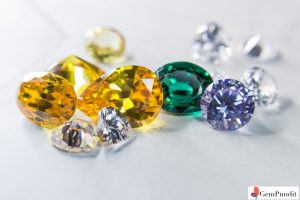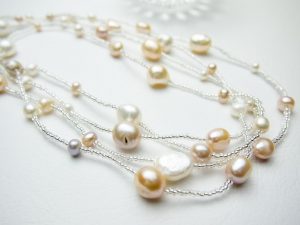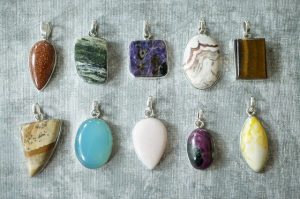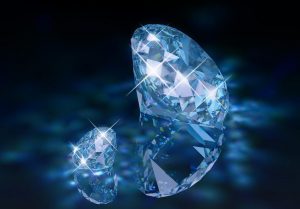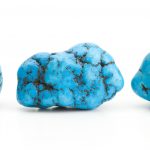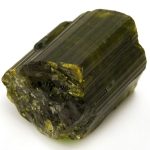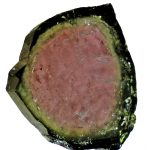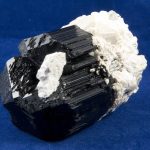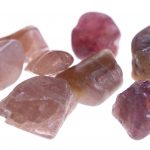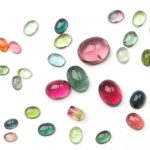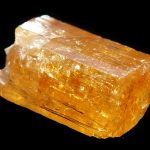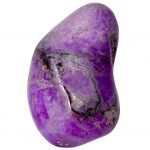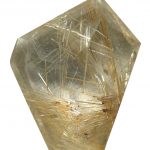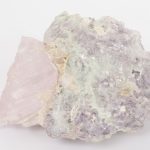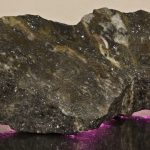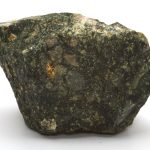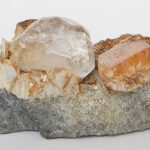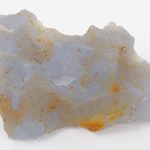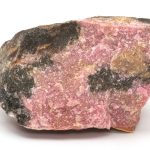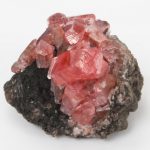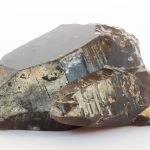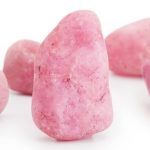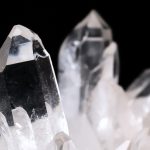Pearls have the magic to fire the passion in you for jewels. Pearls have been a symbol of sophistication for centuries, are considered graceful, and have been in vogue since ancient times. They are fascinating as they are the only gemstones that are made by living organisms and you can never find two pearls alike. Yet another interesting fact is there is not a pearl that does not have an imperfection. Pearl jewelry are adored by all and one of the most important questions that props up while buying a pearl jewelry is that if it is a natural pearl or cultured pearl.
Natural Pearls And Cultured Pearls
Pearls are formed when a foreign body such as a parasite enters into the oyster or the mollusk. The oyster reacts to such entry by secreting nacre, which is a coating to cover the foreign body. Mollusk continues to secrete layers of nacre, which cover the mollusk. This process over time, results in the formation of pearls.
While natural pearls are formed naturally by the intrusion of foreign object, cultured pearls are created by the intervention of man. Irritants such as nucleus or a bead are injected into the pearls by humans to manufacture pearls. The oyster then continues with its process to produce cultured pearls, which look as natural as the natural pearls.
Difference Between Natural Pearls And Cultured Pearls
Though the intervention of human hand is seen in the making of cultured pearls, you will find that telling these pearls apart is a very tough task. Intrusion of foreign material apart, the process of pearl formation remains the same in both natural pearls and cultural pearls. Hence, it would not be proper to term cultured pearls as fake; they are as real as natural pearls in the formation of pearls if you overlook the human intervention. It takes around 7 years to form a pearl in both cases. Both these types of pearls are found in lakes and rivers.
Though not easy to identify, natural pearls and cultured pearls have some differences. Nacre is thicker in natural pearl than found in cultured pearl. The outer layer of natural pearls is not as iridescent as cultured pearls.
Natural pearls are available in a wide range of shapes and sizes. Being formed in wild, natural pearls are not formed in a definite size or shape. Cultured pearls do share most of the qualities but where the shape and size are concerned, you will find them in a particular size and shape. As cultured pearls are grown by farmers, the pearls are designed and ensured they are shaped to perfection and they are shining.
To ascertain the difference, you need to have an x-ray taken of the pearls. The x-ray will show that the natural pearls have growth lines to show the formation of layers of nacre whereas in cultured pearls, a nucleus, perfectly round in shape will be seen. The thin layer will also be visible in the x-ray.
Natural pearls are expensive as they are rarely found. The rates of cultured pearls depend on its shape, size and of course luster. Hence, you could find inexpensive cultured pearls as well as costly cultured pearls.
Jewelry is made of both natural pearls and cultural pearls. While shopping, the knowledge on pearls will help you make a perfect decision.

